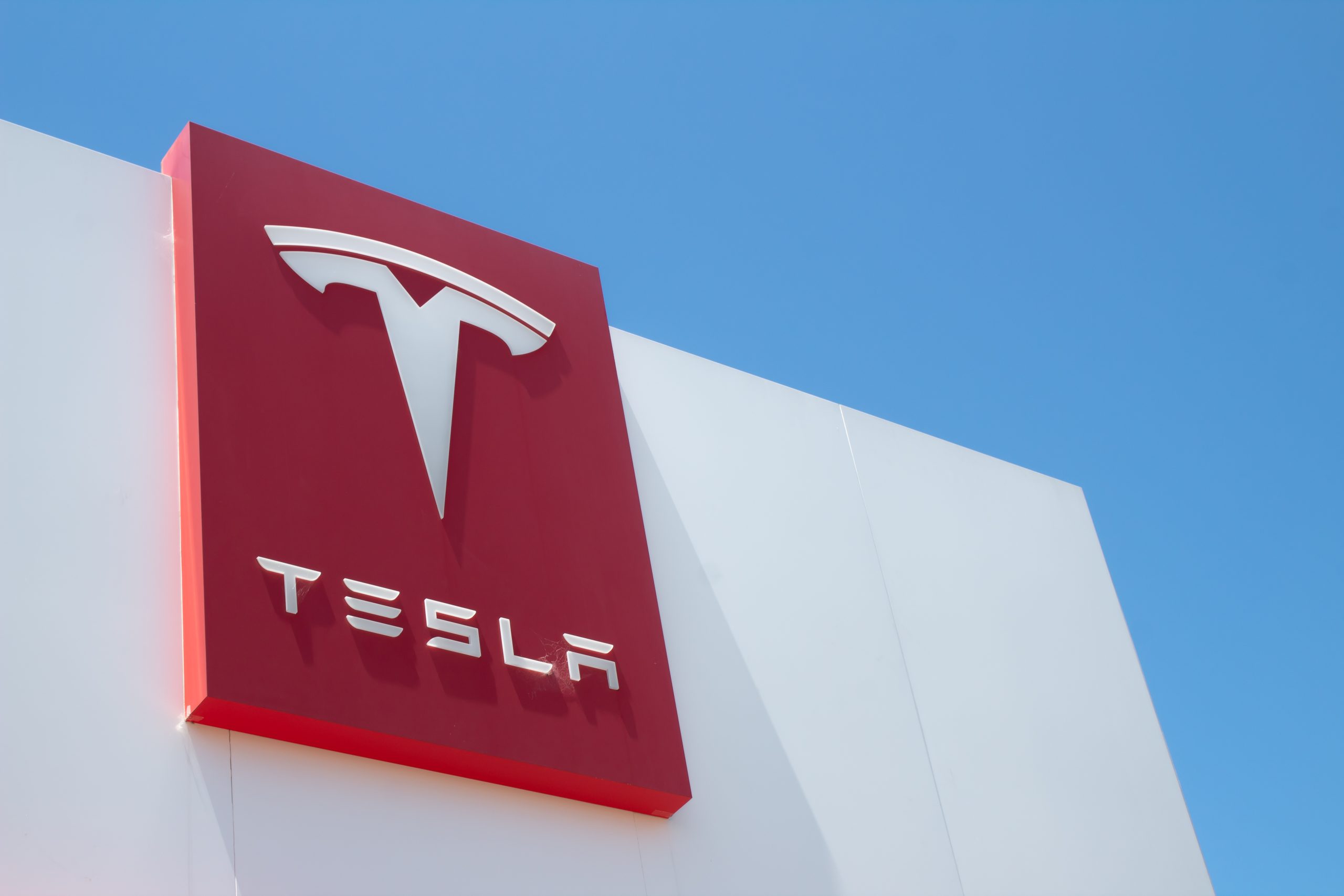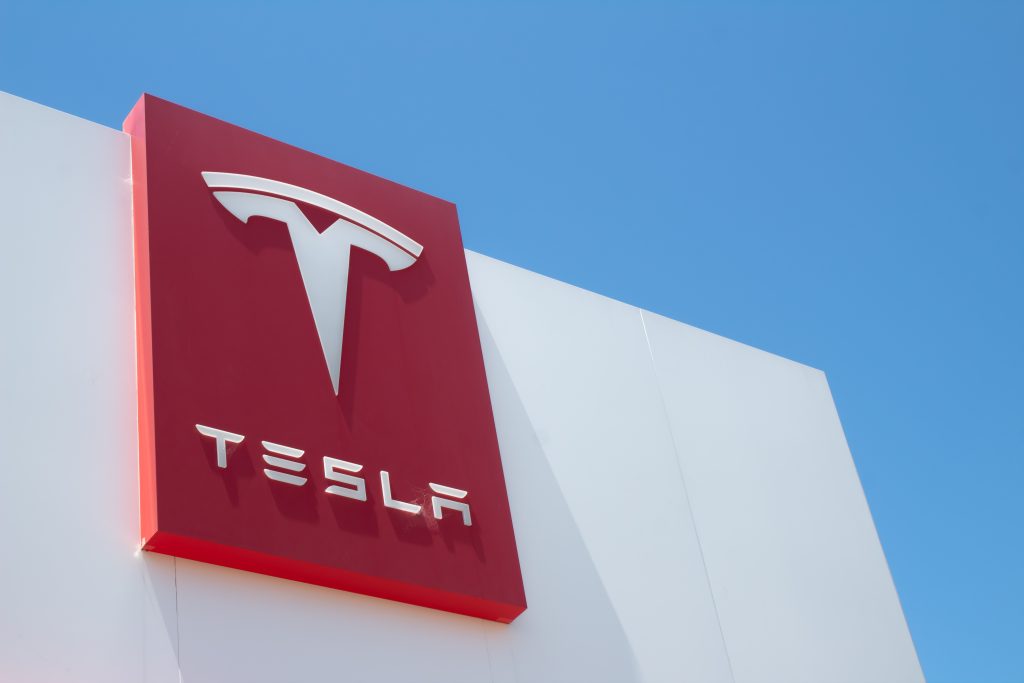
Tesla’s Earnings Miss: A Closer Look
The recent dip in Tesla’s stock value can be primarily attributed to the company’s failure to meet market expectations for its quarterly earnings. According to a recent ABC News article, Tesla faced several challenges during the quarter that impacted its financial performance. These challenges included production delays, rising material costs, and logistical issues that hindered the company’s ability to meet its ambitious delivery targets.
Production delays have been a recurring theme for Tesla, as the company continues to scale its manufacturing operations globally. While Tesla has made significant strides in ramping up production at its Gigafactories in the United States, Europe, and China, the complexity of global supply chains and the ongoing effects of the COVID-19 pandemic have posed significant obstacles. These delays not only affect Tesla’s ability to deliver vehicles on time but also strain the company’s finances, leading to missed earnings targets.
Rising material costs have also played a role in Tesla’s recent financial struggles. The prices of key raw materials used in electric vehicle production, such as lithium, cobalt, and nickel, have surged in recent months due to increased demand and supply chain constraints. These rising costs have squeezed Tesla’s profit margins, making it more challenging for the company to maintain its competitive pricing strategy while still achieving profitability.
In addition to these operational challenges, Tesla has also faced logistical issues that have disrupted its delivery timelines. The global shortage of semiconductor chips, a critical component in modern vehicles, has affected Tesla’s ability to produce and deliver cars at scale. While Tesla has managed to navigate these supply chain disruptions better than many of its competitors, the impact on the company’s production and delivery schedules has been significant.

The Global Economic Landscape: Interconnected Challenges
Tesla’s recent stock performance cannot be fully understood without considering the broader global economic landscape. The interconnected nature of today’s financial markets means that individual companies are often at the mercy of macroeconomic trends and geopolitical developments. For Tesla, several external factors have contributed to the recent volatility in its stock price.
One of the most significant factors influencing Tesla’s stock is the ongoing economic uncertainty caused by inflationary pressures, rising interest rates, and geopolitical tensions. Inflation has been a major concern for global markets, with central banks around the world raising interest rates to combat rising prices. Higher interest rates make borrowing more expensive, which can slow down economic growth and reduce consumer spending—both of which are critical for Tesla’s continued expansion.
Geopolitical tensions, particularly those related to trade disputes and regulatory challenges in key markets like China, have also weighed on Tesla’s stock performance. China is a crucial market for Tesla, both as a manufacturing hub and as a growing consumer base for electric vehicles. Any disruptions in this market, whether due to regulatory changes or broader geopolitical issues, can have a significant impact on Tesla’s overall business.
Additionally, the global shift towards sustainability and the increasing competition in the electric vehicle market are shaping Tesla’s strategic decisions. While Tesla remains a leader in the EV space, the entry of traditional automakers and new startups into the market has intensified competition. This increased competition, combined with the evolving regulatory landscape, requires Tesla to continuously innovate and adapt to maintain its market leadership.
Navigating Market Turbulence: Strategies for Investors
For investors, the recent dip in Tesla’s stock serves as a reminder of the inherent volatility in financial markets, especially when it comes to high-growth companies like Tesla. However, it is important to approach market fluctuations with a balanced perspective. While Tesla’s earnings miss is a cause for concern, it does not necessarily indicate a long-term decline. Tesla has demonstrated resilience in the past, bouncing back from setbacks and continuing to push the boundaries of innovation in the automotive industry.
Investors should consider several strategies when navigating the current market turbulence. First, it’s essential to conduct thorough research and stay informed about the factors influencing Tesla’s stock performance. This includes understanding the company’s financial reports, keeping an eye on macroeconomic trends, and monitoring any regulatory developments that could affect Tesla’s operations.
Second, diversification remains a key principle of successful investing. While Tesla may be a high-potential stock, it is important not to put all your eggs in one basket. Diversifying your portfolio across different sectors and asset classes can help mitigate risk and provide a buffer against market volatility.
Finally, adopting a long-term perspective can be beneficial when investing in high-growth companies like Tesla. Short-term fluctuations are inevitable, but focusing on the company’s long-term growth potential can help investors weather the storm. Tesla’s commitment to innovation, its expanding product lineup, and its strategic investments in renewable energy and autonomous driving technology all point to significant growth opportunities in the future.






